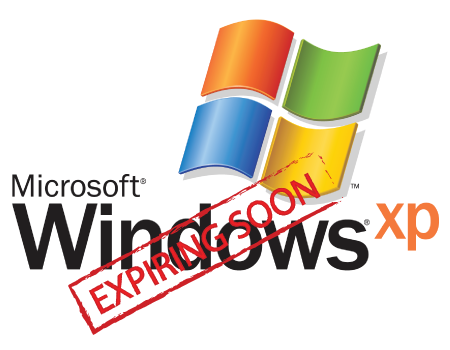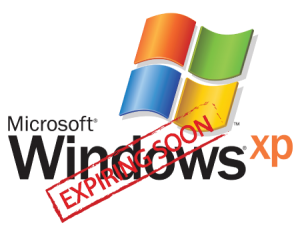VDI: The Solution To The End Of Windows XP

 The Greek philosopher Heraclitus’s observation that the only constant is change applies well in the technology industry. Every tech professional is all too familiar with the need to stay on top of the newest, latest developments and be prepared to transition to new upgrades while jettisoning outdated systems.
The Greek philosopher Heraclitus’s observation that the only constant is change applies well in the technology industry. Every tech professional is all too familiar with the need to stay on top of the newest, latest developments and be prepared to transition to new upgrades while jettisoning outdated systems.
With the end of official support for Windows XP quickly on its way, the big question is, “How do I prepare for this massive change?” In April of 2014, Microsoft will no longer be providing customer support, patches or updates. What this means for businesses and organizations is that they’ll be open to attacks and security vulnerabilities that can lead to disaster. Additionally, a transition to a new operating system, such as Windows 7 or 8, isn’t something that IT staff can implement in a few days or even a few weeks. It will be months or possibly a year in the making for most companies.
Here we’ll discuss a strategy for transitioning to a new operating system using a virtual desktop infrastructure (VDI). Desktop virtualization has the capability to maintain your data security and enable a business to transition to a new Windows OS while providing other benefits as well.
It’s possible that your company is already aware of the upcoming change in Windows, yet you’ve not yet taken steps to remedy this migration problem. It may be due to the costs related to a business-wide upgrade, since it may require more than just swapping out one operating system for another. If you’re operating from older PCs, you may have to invest in new computers for employees, which will mean your budget would take a massive hit. Even if you’re operating from newer technology, you may not have the time to spend preparing for the updates across your organization.
If your company doesn’t happen to have a special account of funds earmarked for handling upgrades, you may not be able to afford revamping your entire company’s technology infrastructure. Although such upgrade plans may be under way, as you begin to plan for your eventual move to Windows 7 or 8, desktop virtualization can ease the transition away from Windows XP without a loss in productivity. Such a solution allows employees to access a hosted desktop operating system located on a central server, providing desktops to hundreds of users.
Additionally, VDI comes with a host of advantages, including reduced IT headaches, since it allows administrators to rid the network of individual security problems. Strong protection of the server means an entrenched standard for everyone using that server. VDI also encourages a BYOD culture in that anyone can use their own device to access their data, and this access is available from any setting and at any time, allowing employees to obtain necessary information from any location.
Just as Windows XP is on its way out, the traditional desktop is also becoming outdated, or at least it’s now no longer the only option. Many businesses are finding that collaborating with a reliable VDI hardware vendor is giving them the solution they need when it comes to data reduction and simplifying IT tasks. VDI is providing companies with greater efficiencies, reduced costs and a means to deal with the looming Windows upgrade necessity. Staying on top of new IT developments is crucial for avoiding future setbacks. Even if your company budget isn’t able to handle installing brand-new computers and software, a VDI can provide some time to allow you to devise a plan before April of next year and keep your employees on track without being vulnerable to security threats or functionality problems.
